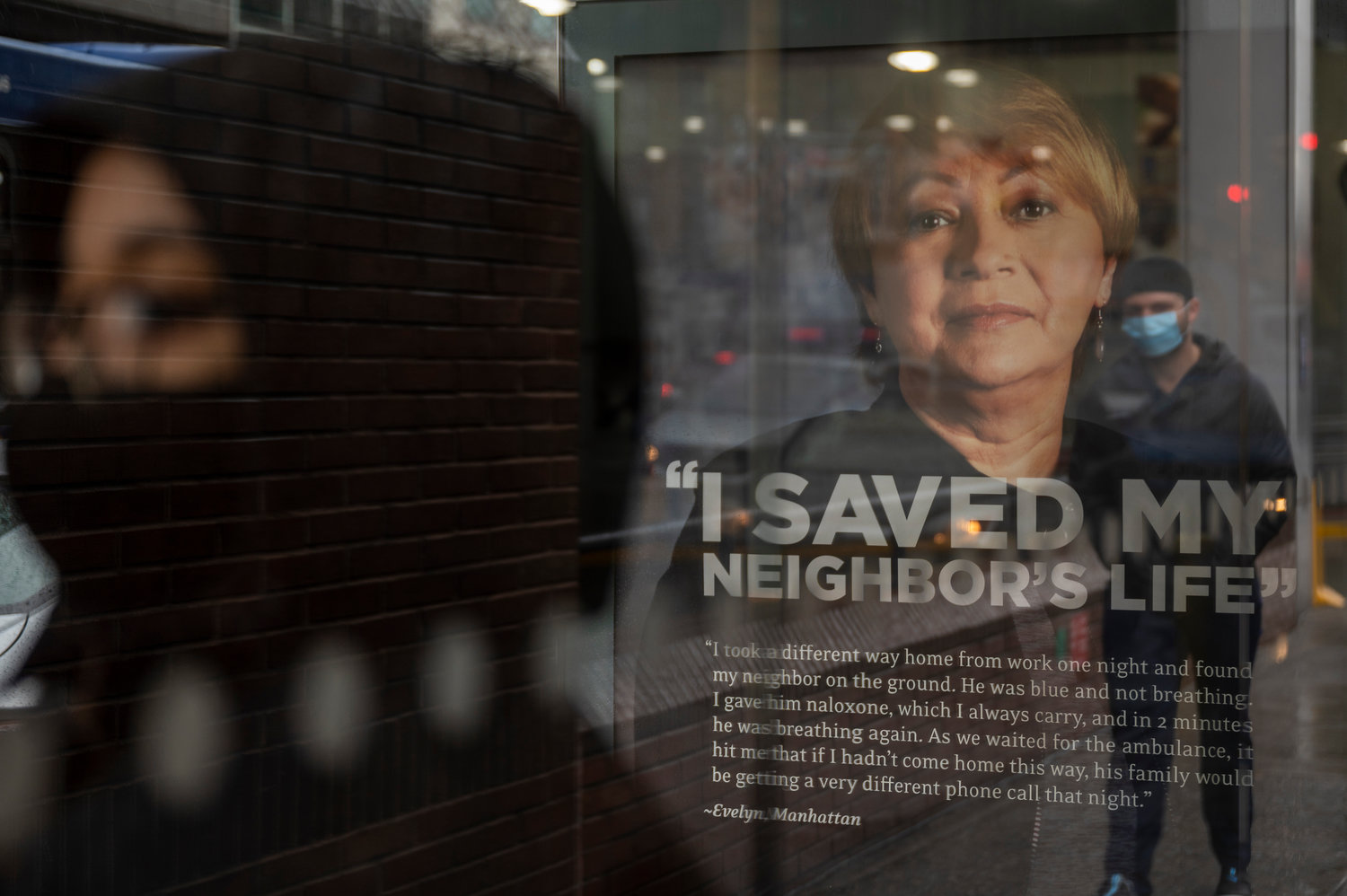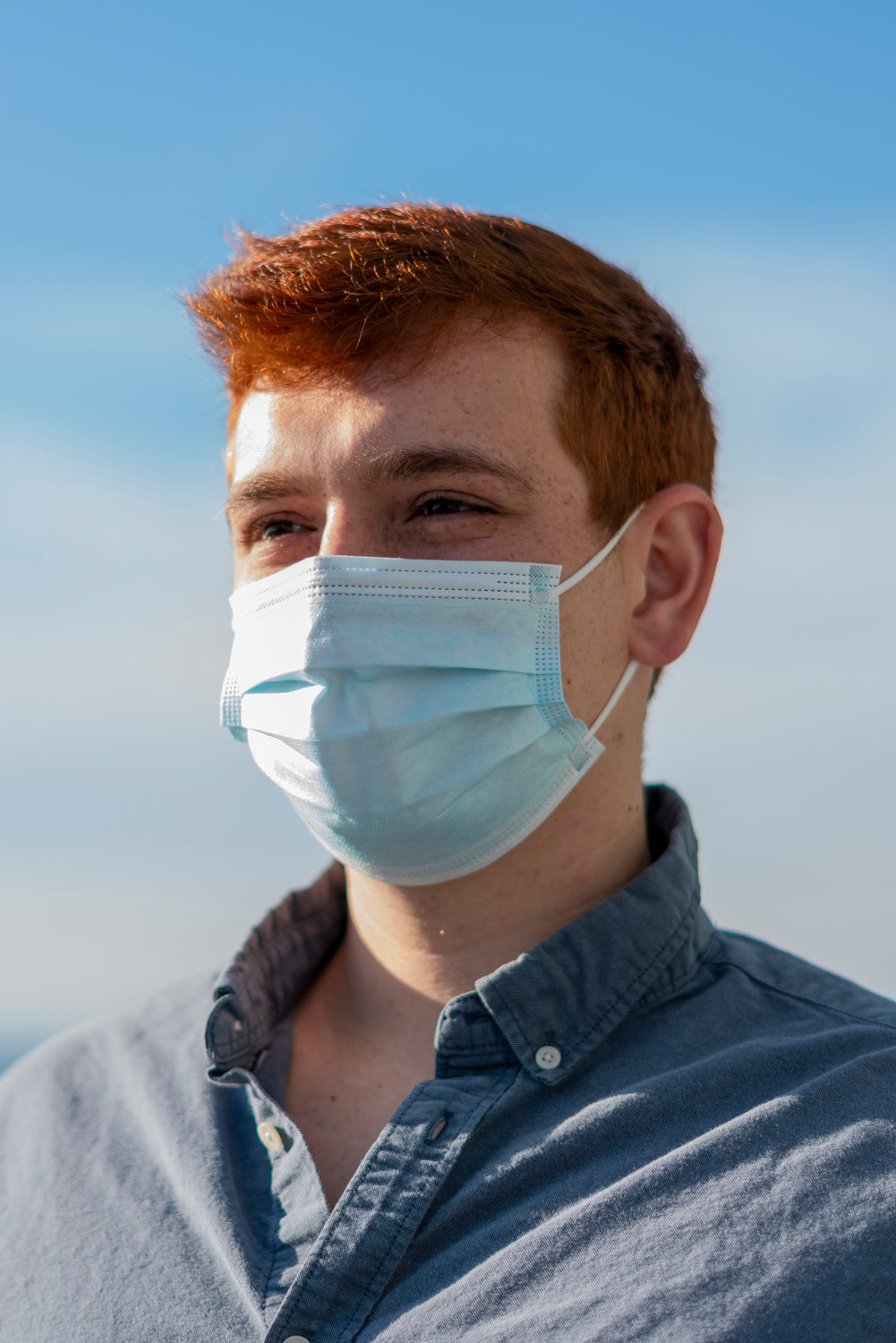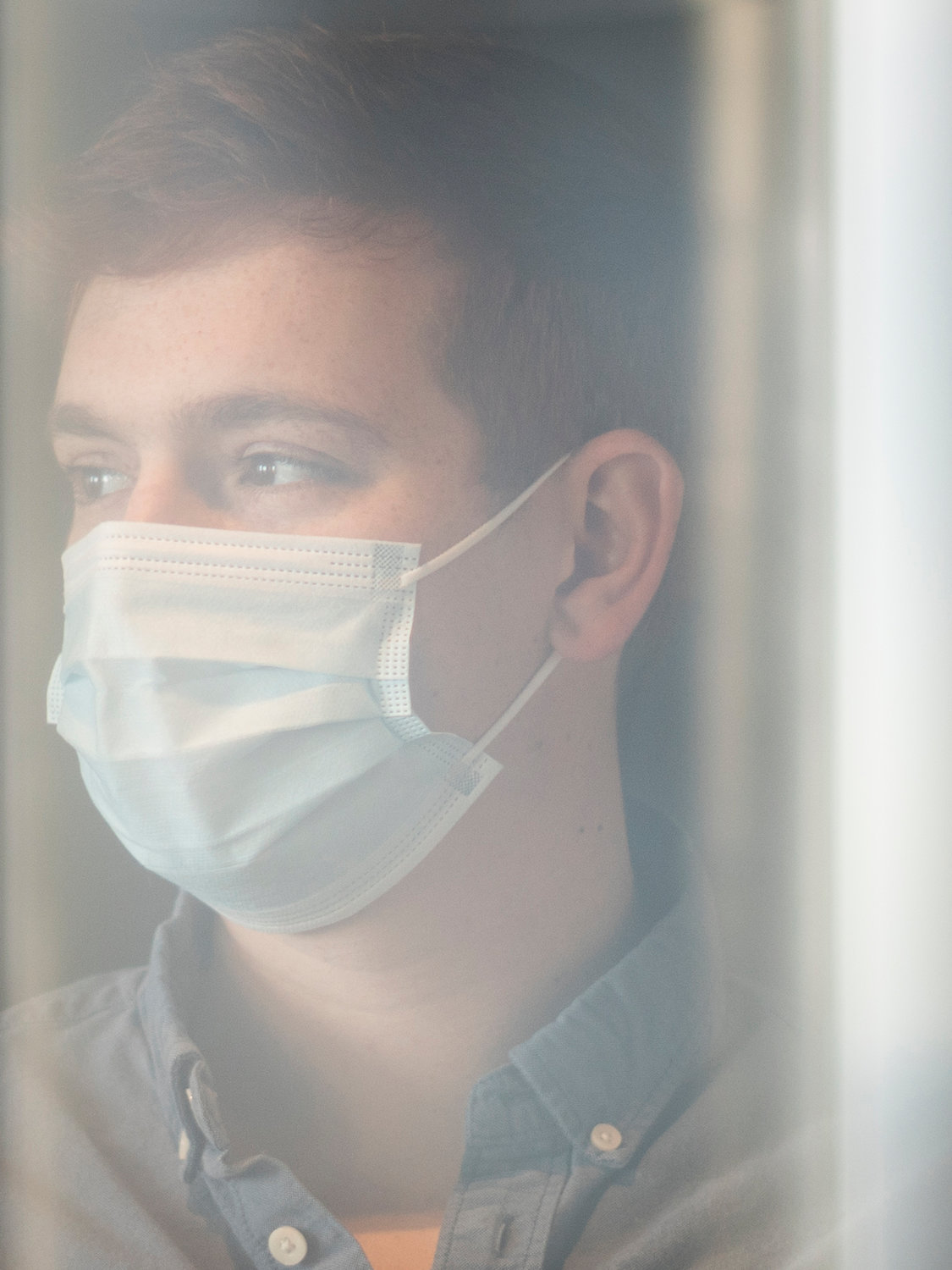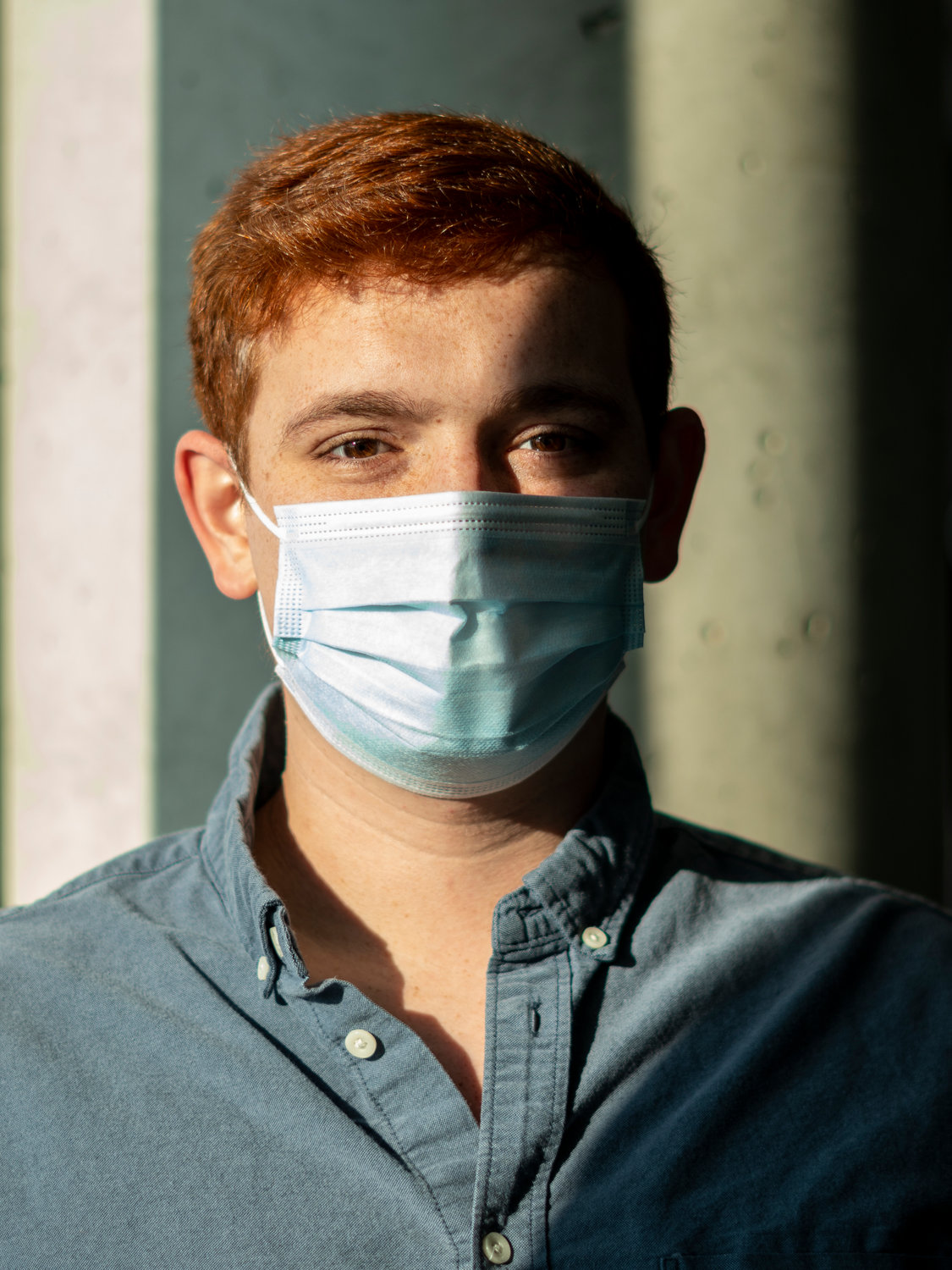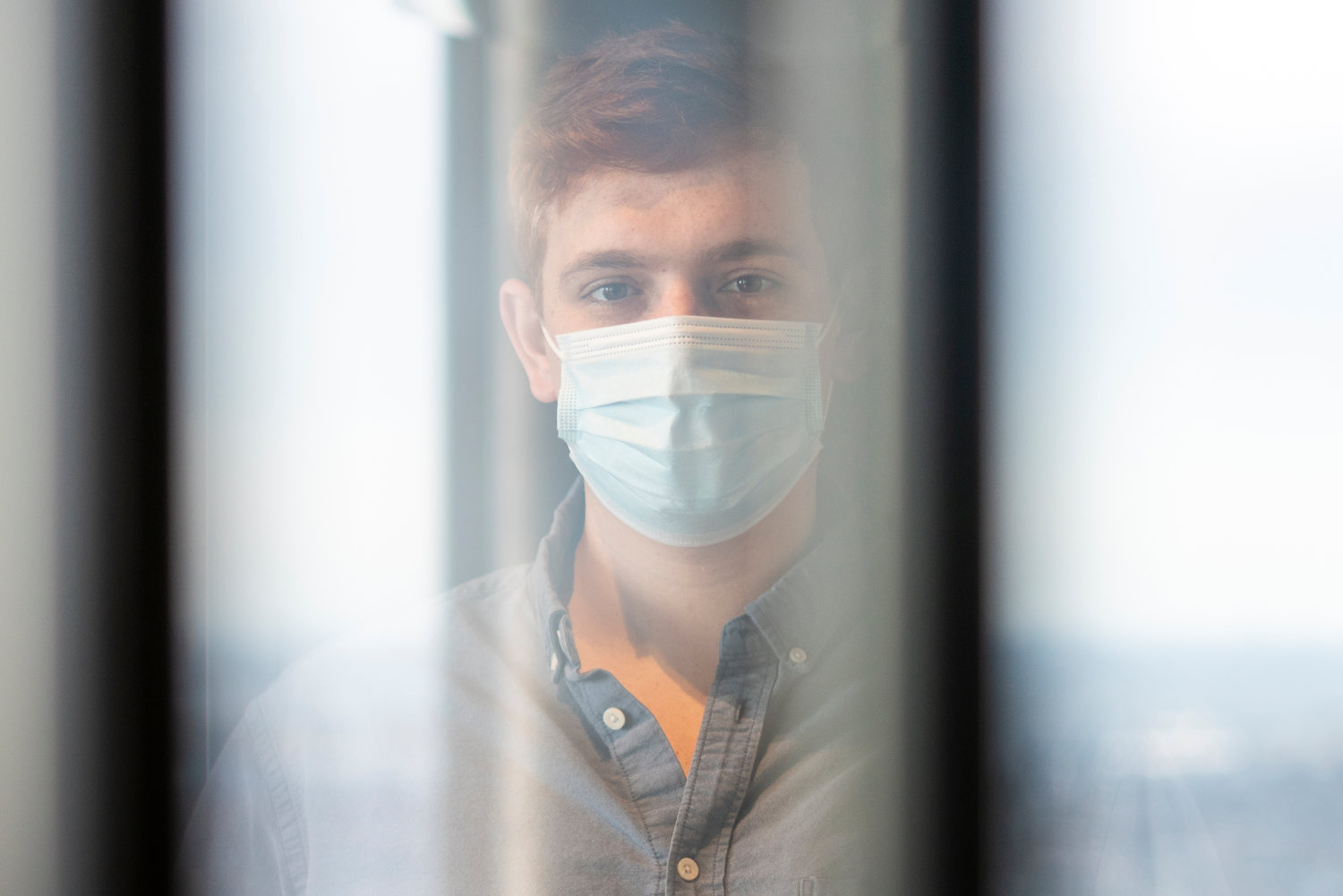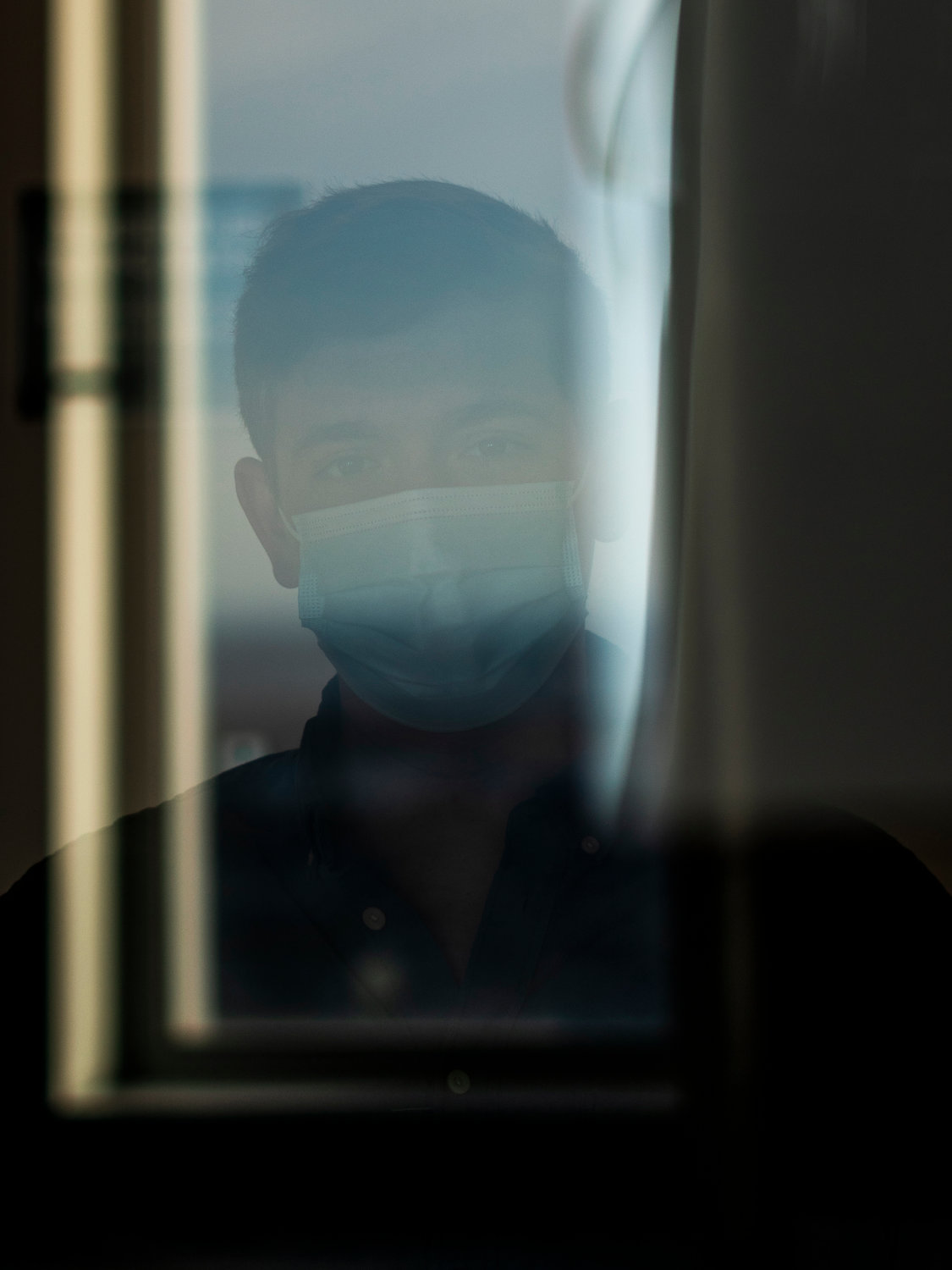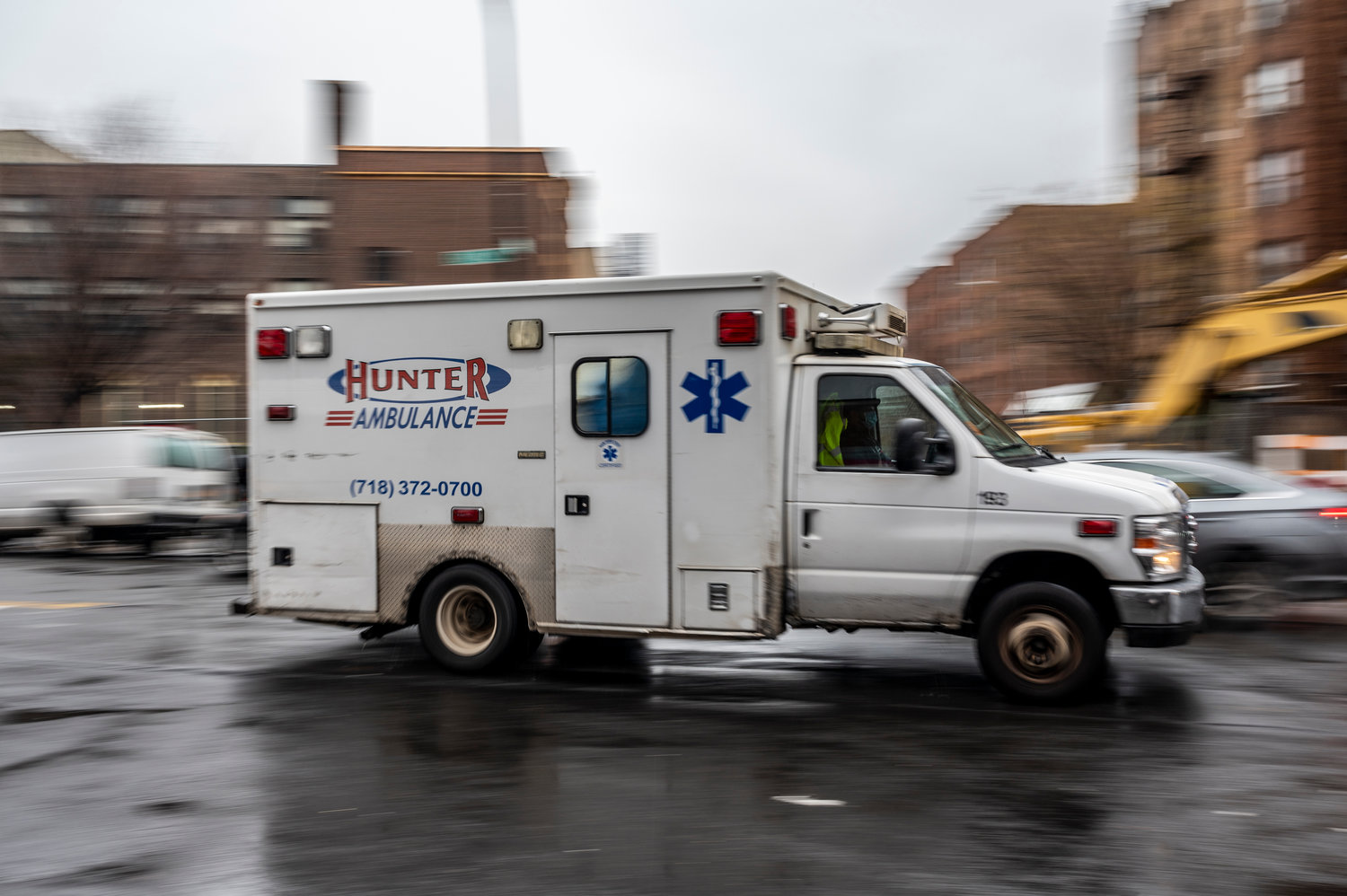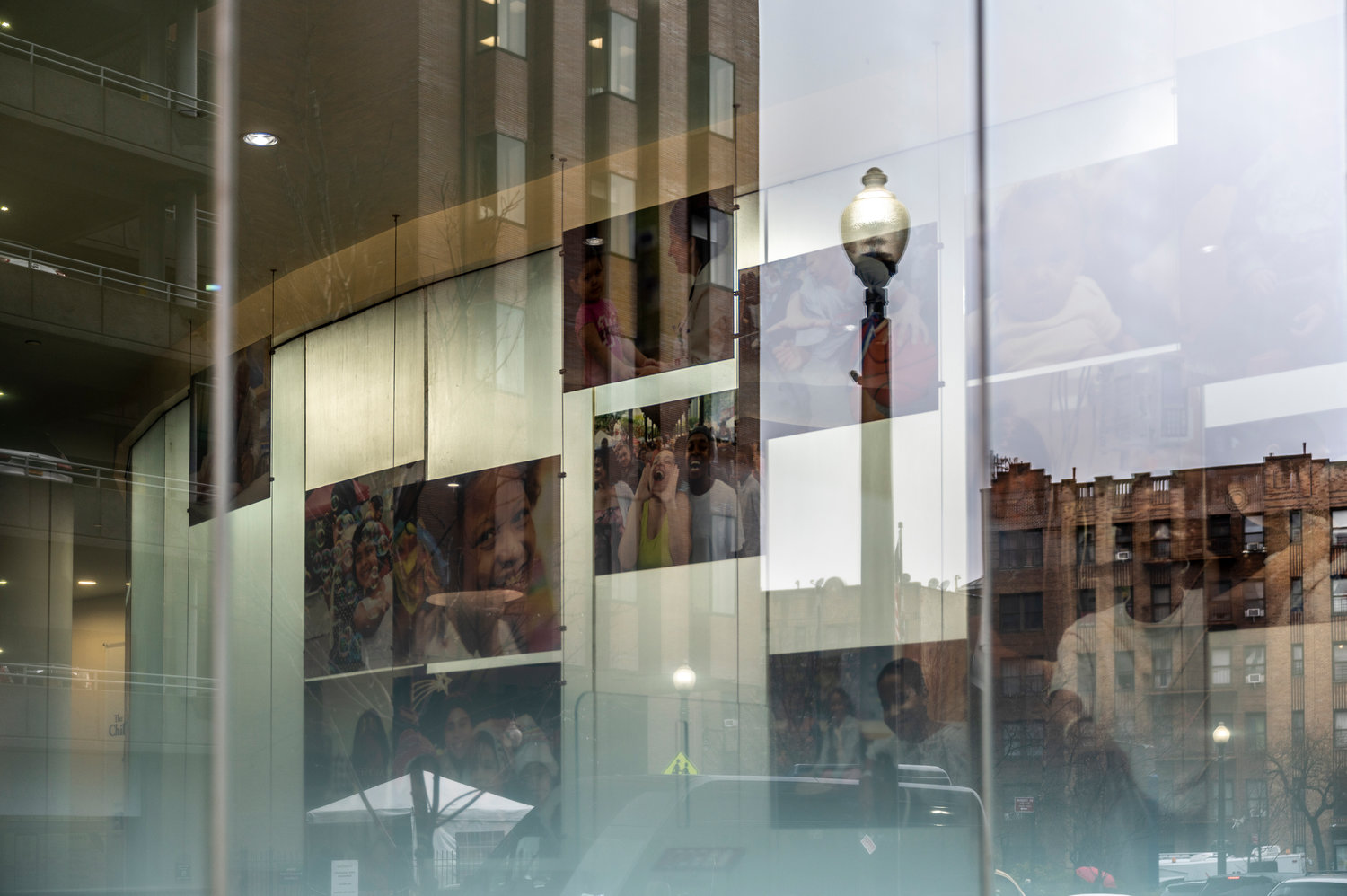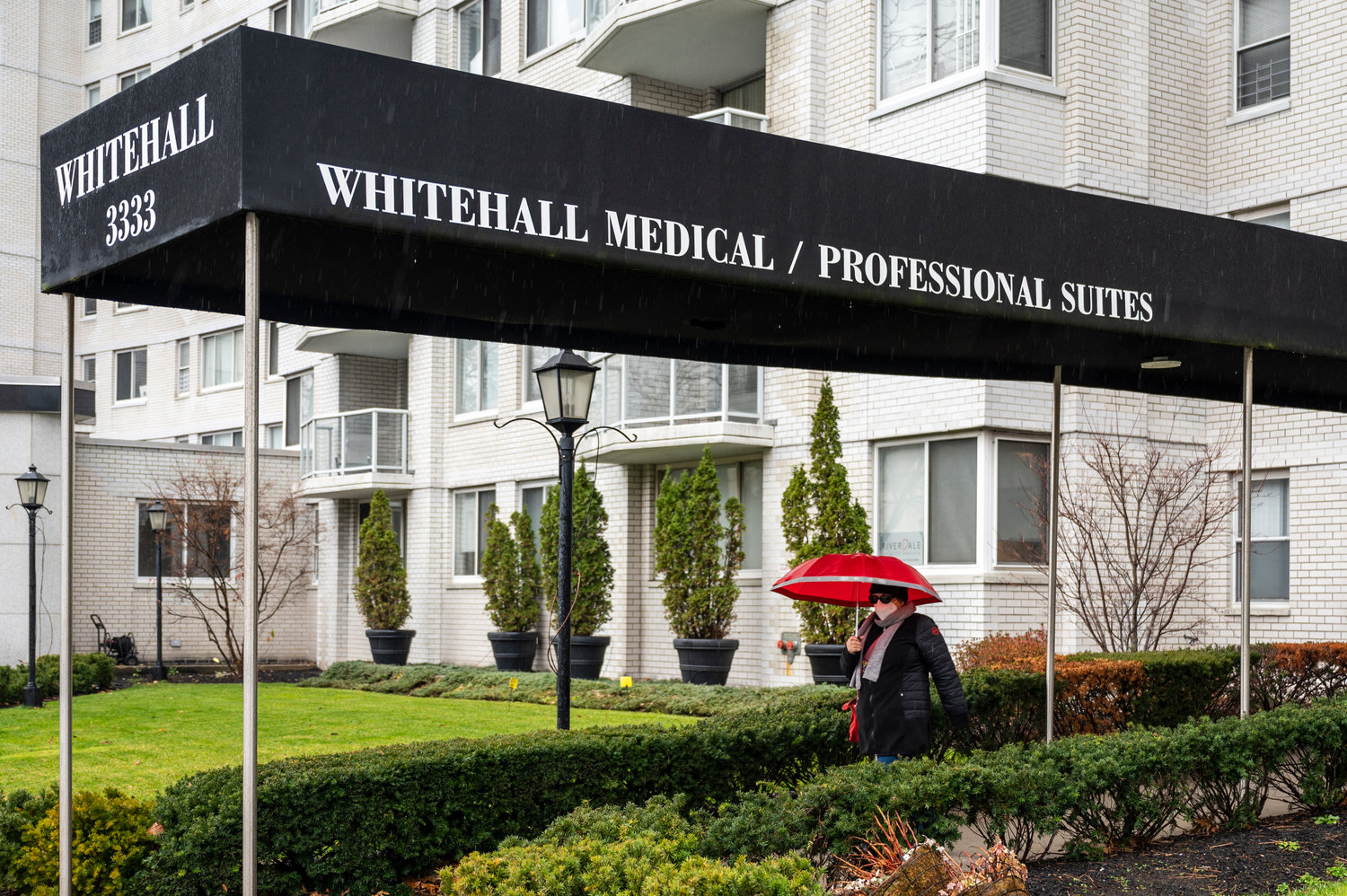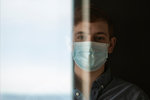EMS industry braces for COVID-19’s second wave
The sirens announce to a hospital’s emergency room the arrival of a new patient. After the ambulance pulls in, a paramedic opens the rear doors so the patient can be lifted out. A paramedic yells over the sirens, relaying the patient’s age, gender and condition, as well as what happened on the ride over.
It’s commonplace on television medical dramas. But Joshua Kimbrell lives it every day.
The paramedic arrived from New Orleans last January, right when the coronavirus pandemic was really becoming news in this part of the world. Little did he know in two months’ time, the virus would ravage New York City. And as a paramedic, he had a front row seat to it all.
Much of Kimbrell’s work during the pandemic’s first wave was critical care transport. Rather than responding to 911 calls, this involves transferring critical-condition or intensive-care patients from one hospital to another — something desperately needed early on in the pandemic, as some hospitals soon couldn’t accommodate the sheer volume of patients showing up at their door.
“The city’s goal to offload overrun hospitals was to move patients, rather than move beds or ventilators,” Kimbrell said. “We would show up and we would see the amount of people on ventilators and on all these different critical care machines. The amount of people was startling.”
While some might think the darkest days of the pandemic are behind them, that couldn’t be further from the truth. A coronavirus vaccine made landfall in the city Dec. 14, but arrived against a grim backdrop as the country reached 300,000 deaths related to COVID-19.
In addition to the uptick in fatalities, new cases surge across the country. Kimbrell sees the effects of that second wave at work, responding to more and more calls as the weeks go by. This time, Kimbrell and his colleagues are more prepared.
“It’s scary, but it’s definitely less scary this go-around,” Kimbrell said. “We have more equipment. We’re not quite as worried about, ‘Are we going to run out of masks? Are we going to run out of gowns? Are we going to run out of face shields?’
“I think a lot of people feel a little more comfortable knowing a little bit more, and I think that’s a little comforting.”
Kimbrell works for SeniorCare EMS, a commercial ambulance company that covers the five boroughs and Long Island. More locally, the company services Belmont’s St. Barnabas Hospital, specializing in routine medical transportation and critical care transfers.
“Right now, we’re gearing up to deal with the governor’s load-bearing recommendation … to ease the burden in the hospitals based on patient load,” said Jerry Gombo, SeniorCare’s administration director. “With COVID, that’s going to be essential for the hospitals to be able to fulfill. And we’re happy to facilitate that for them.”
While critical care transport is usually the name of the game for SeniorCare, Gombo noticed a somewhat troubling trend during the pandemic’s beginning. Although transportation requests were up, 911 calls weren’t. This means EMS companies throughout the city and state — including SeniorCare — simply have fewer patients to share among them.
Gombo blames the decline on fears over contracting the virus. Going to the hospital could expose them to someone suffering from COVID-19.
But hospitals and other health care providers are trying their best to combat that fear.
“There’s a significant amount of advertisement going on from various hospitals to let people know it’s safe to come back as needed,” Gombo said. “The hospitals have taken precautions — whether they have separate COVID wards, or cleaning and all that stuff — to try to encourage people to come back.”
The 911 call decline isn’t the only issue facing EMS workers. Commercial ambulance companies throughout the state are facing a financial crisis as well. While the industry originally received $350 million from the CARES Act last March, that money is now almost gone.
But Gombo continues to look forward, especially as a coronavirus vaccine is surely a big win for EMS workers, who will be among the first inoculated.
“Our members operate on the front line of health care, routinely traveling between uncontrolled environments, and face constant risks of exposure to the novel coronavirus,” said Tom Coyle, chairman of the United New York Ambulance Network, in a release. “With personal protective equipment becoming harder to come by, having the ability to receive a COVID-19 vaccine immediately … will help EMS personnel continue to provide the highest standards of care.”
And for Gombo and other EMS professionals, the vaccine could prove to be the light at the end of a near-year-long tunnel.
“Clearly, that is something to be excited about,” Gombo said. “That will definitely be a huge step in getting people protected and moving in the direction that the city, the state (and) the world has to go.”

